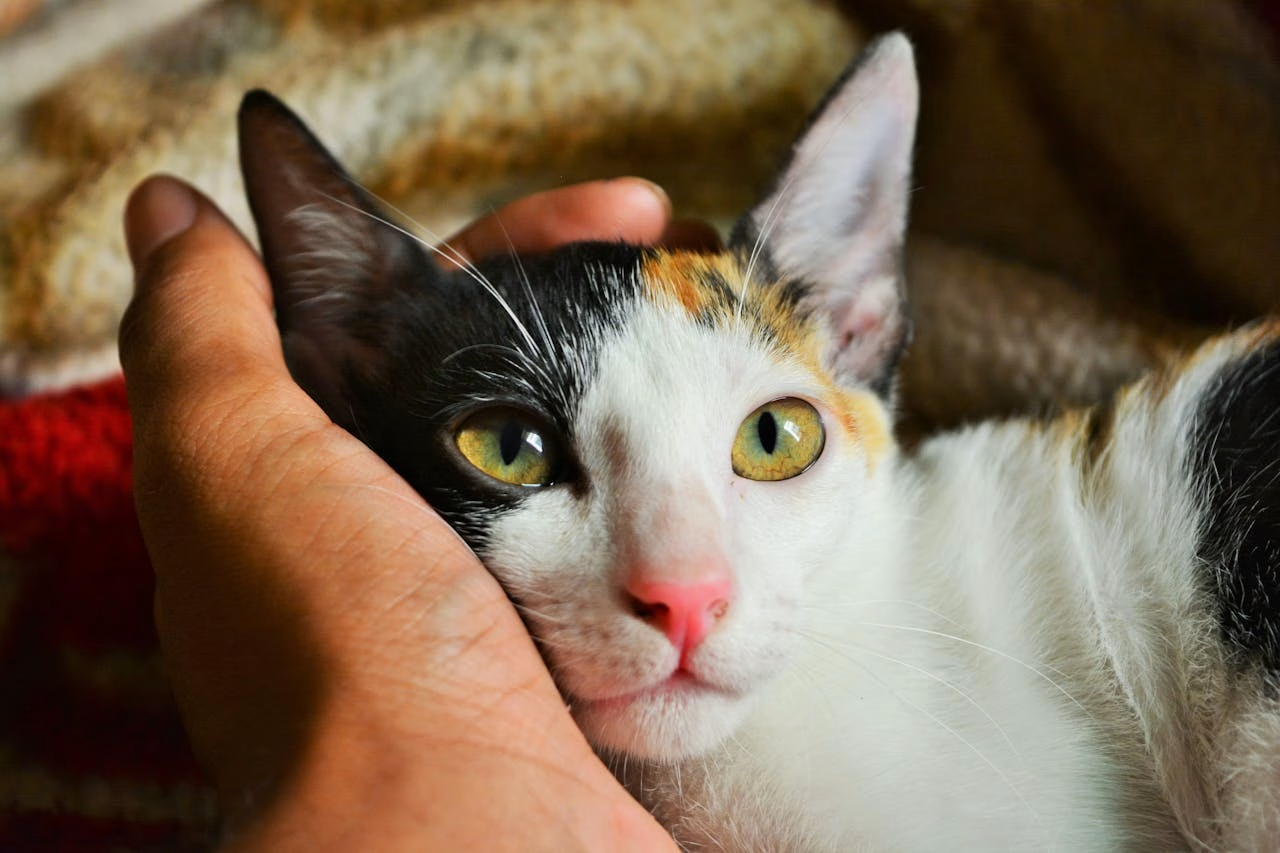The Language Cats Understand
Cats notice far more than people think. They appear calm, quiet, or distant, yet their ears follow every shift in sound. A specific kind of voice makes them react with curiosity: a gentle, warm tone directed toward them alone.
This soft register resembles the reassuring sounds used in early kittenhood. It brings comfort without pressure and creates a space where trust can grow. Cats recognize intention before they understand meaning, which is why tone carries so much weight.
Why This Gentle Voice Reaches Them
Feline communication depends on subtlety. Cats express themselves through small movements, a slow blink, a tail tip, a shift of their ears. Their vocal signals are delicate as well: small meows, trills, or quiet chirps offered mostly to humans.
A calm, friendly tone mirrors that delicacy. Behaviour specialists explain that such a voice eases tension and helps cats understand that our attention aims toward them, not toward the room around them. The rhythm of a soft sentence tells them they can stay relaxed.
This kind of voice aligns with how their mothers communicated safety. Adult cats still respond to that instinctive memory.
How to Speak in a Way Cats Understand
Cats do not rely on words. They rely on atmosphere, rhythm, and intention. These simple adjustments create a voice that feels safe and inviting:
- Keep your tone soft and steady: Sharp or heavy sounds create stress for an animal built to detect danger in noise.
- Use short phrases: Cats read long streams of speech as background activity. Clear, brief messages reach them easily.
- Say their name with warmth: A name feels meaningful when it comes from someone they trust.
- Maintain consistency: A stable tone brings security, especially for shy or unsure cats.
These changes reshape communication. They invite the cat to come closer at its own pace, which strengthens the relationship from the inside out.
Quiet Reactions Still Matter
Many people believe cats ignore speech. Their reactions, however, are simply subtle. They may shift an ear, angle their head, or soften their eyes. Each sign shows recognition.
Cats distinguish familiar voices with impressive accuracy. They notice changes in our breath, pitch, and emotional state. A warm tone tells them the moment is safe. A loud tone sends the opposite message.
Their sensitivity reveals something clear: communication with cats grows from gentleness, not from volume.
Pawlore Reflection: A Voice That Builds a Bond
At Pawlore, we explore instincts that still guide the animals who share our homes. Cats teach us that connection can arise from a single quiet gesture. A warm tone carries patience and presence, two things cats value deeply.
When we speak to them with calm intention, we enter their world. We respect their rhythm. We give them space to respond in their own way.
The bond that follows feels peaceful and steady, the kind of bond that grows without rush.
Speak gently, and a cat listens with its whole body.
A soft voice becomes an invitation, a moment of trust, a bridge shaped by kindness.
Related:


